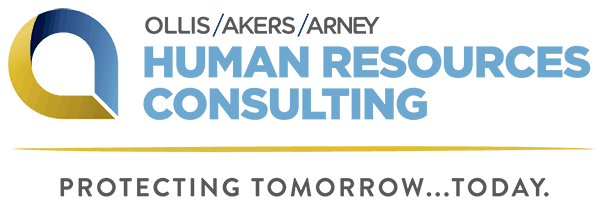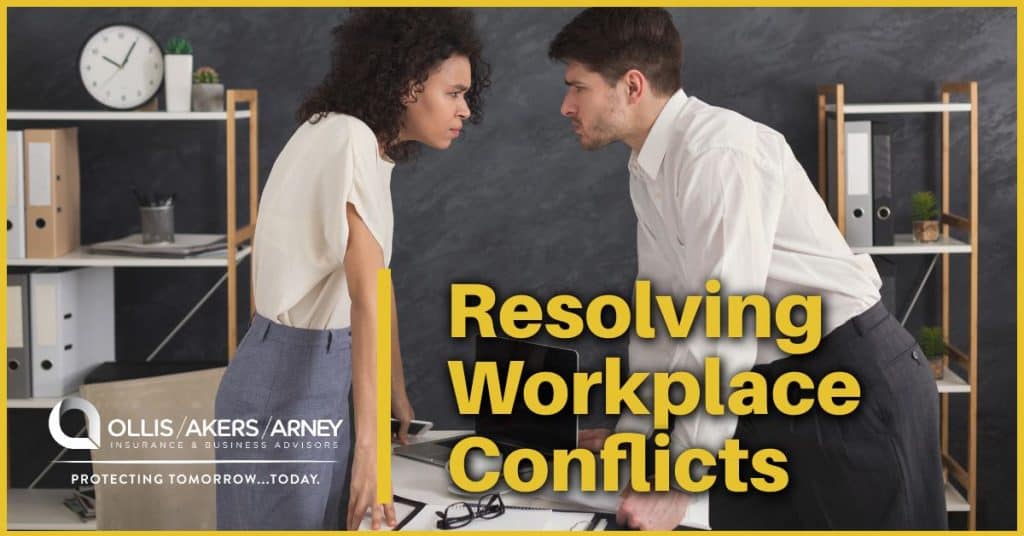Workplace conflicts are inevitable. Clashing personalities, stressors at work and simply spending large amounts of time with the same group of people can generate conflict. In fact, a recent study revealed that 85% of employees reported dealing with some form of conflict at their workplace. Unresolved workplace conflicts not only negatively impact employee morale, but they may also affect your bottom line. In order to resolve workplace conflicts, you should have a general understanding of the situations that typically cause disagreement among employees and the tactics that can be used to resolve the issue.
What Causes Workplace Conflict?
There are a variety of scenarios that may create workplace conflict: departmental changes, high-pressure projects or more sensitive factors such as an individual’s age, gender or ethnicity. Although conflict can arise from a multitude of situations, recent studies have found that 49% of workplace conflicts are primarily caused by conflicting egos or personalities. Knowing the common causes of workplace conflict may help you defuse a confrontation before it has the chance to evolve.
When to Get Involved
Many experts feel it is important to give employees an initial opportunity to work through minor conflicts before getting involved. This can allow individuals a chance to practice conflict resolution tactics. But, there are some serious instances in which HR must get involved immediately, such as:
- An employee personally attacking or showing general disrespect toward a colleague
- Employees threatening to quit due to the severity of a conflict
- The conflict affecting the overall well-being of the department, the organization or other employees
Workplace conflicts can cause substantial amounts of damage within a department, or even across the company. Once a serious conflict arises, immediate action should be taken to resolve the issue.
Tips for Resolving Workplace Conflict
It’s important to resolve conflicts quickly and efficiently to avoid any prolonged animosity. Consider the following tips when resolving a conflict at your workplace:
- Set a time to meet and acknowledge the conflict. It’s crucial to address an issue immediately rather than allow more time for tension to build. Find a neutral space where both parties feel comfortable and safe to speak about their issues.
- Set rules for the meeting. In order to have a constructive conversation, establish clear rules at the onset of the meeting to allow for open lines of communication. Ask for both parties to be respectful of one another and to let each side voice their own concerns.
- Mediate the meeting. Start by creating a healthy dialogue for the participants—encourage employees to use “I” statements instead of “you” statements to avoid accusatory language. Ensure the conversation is focused on issues with certain behaviors or tendencies rather than personal attacks.
- Reach an agreement and establish next steps. Help employees brainstorm solutions to the conflict and identify what next steps need to be taken to ensure the resolution of the conflict. If a firm solution hasn’t been reached, consider meeting again to continue the discussion.
- End the meeting on a positive note. Once the conflict has been resolved or next steps have been established, it’s important to clear the air. Have employees thank one another for their time.
When to Seek Additional Help
Although a majority of conflicts can be resolved with simple conflict resolution tactics, some situations may be too difficult to solve on your own. Experts advise to seek professional assistance if the following situations occur:
- The conflict has resulted in aggressive behavior that may be considered bullying or workplace violence.
- The confrontation involves legal issues such as harassment or discrimination.
- You lack sufficient training to deal with the severity of the conflict.
Seeking outside assistance can help ensure the safety and well-being of your employees.
Contact Us
For more tips on workplace health and safety, contact Ollis/Akers/Arney Insurance & Business Advisors today.






